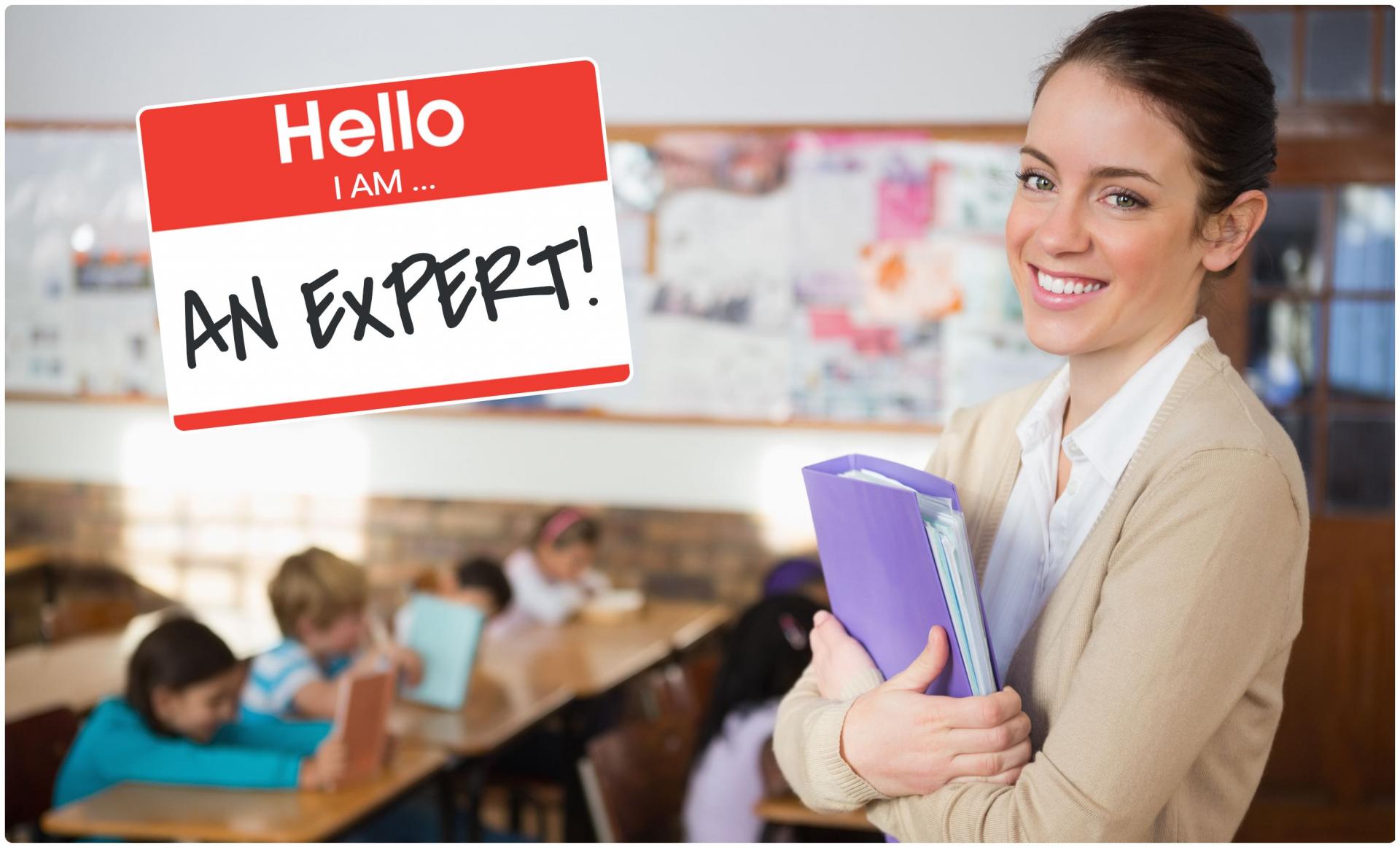
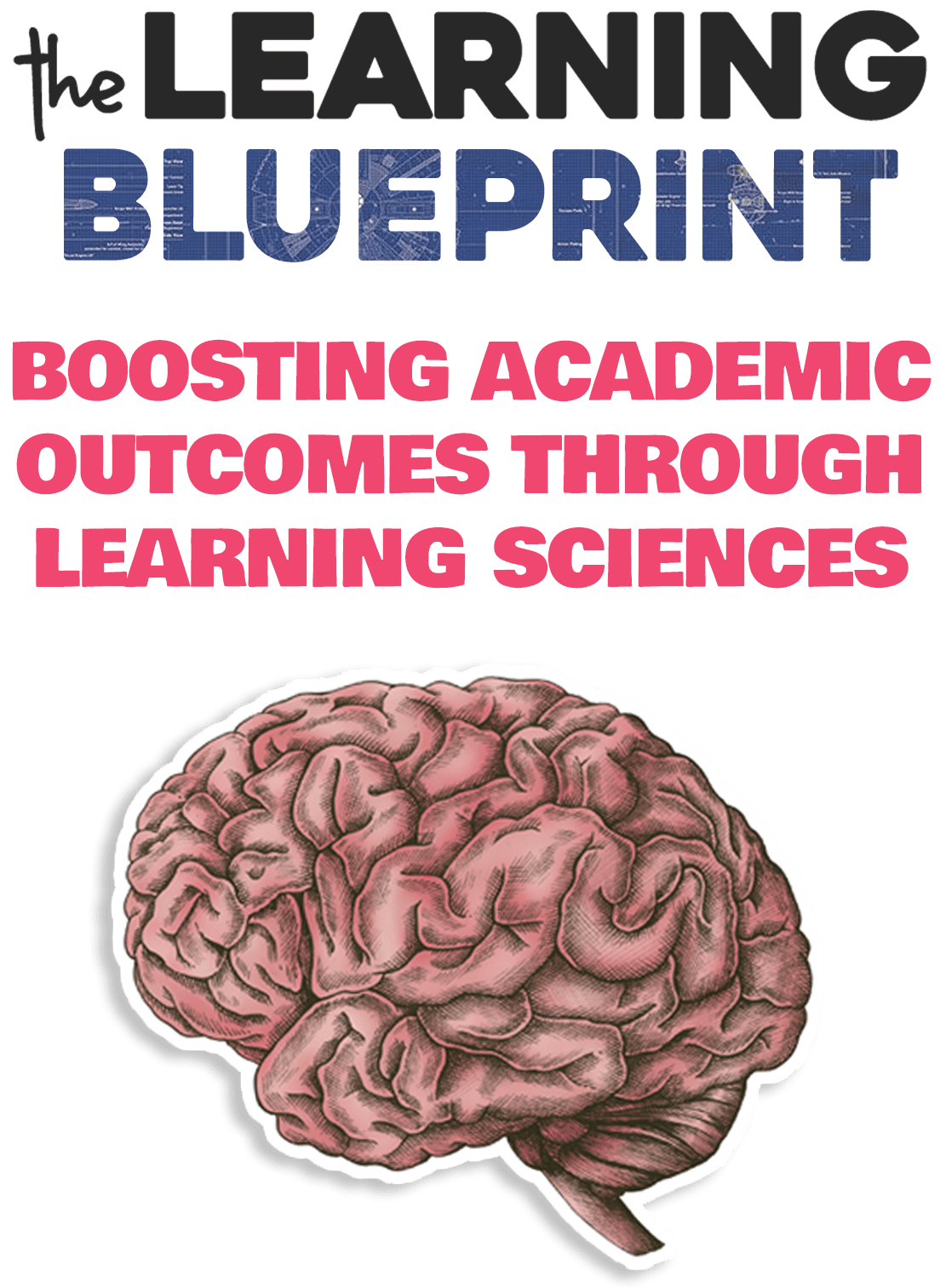

The Learning Blueprint is an award-winning professional development program designed to bring key Science of Learning principles to teachers and educators. Developed by cognitive neuroscientist and leading expert Dr. Jared Cooney Horvath, it has a proven track record of changing teacher practice and boosting student outcomes by leveraging what works in PD.


6619 North Scottsdale Road, Scottsdale, AZ 85250
p. 702-970-6557 | e. info@lmeglobal.net
From:
The desk of Jared Cooney Horvath | PhD, MEd
East of Lake Arrowhead
Thursday, 8:27 am
Dear Friend,
I have no idea how you got to this website.
Maybe you read about it in some publication. Maybe a colleague referred you to it. Perhaps you stumbled onto it by pure dumb luck.
Regardless, I'm glad you're here because, as a K-12 professional, I know you'll be excited about what The Learning Blueprint can deliver.
But first, I'll bet right now you're wondering two things:
- What makes The Learning Blueprint different than other PD programs?
- Why should any of this matter to me?
Well, we could address these questions by bombarding you with impeccable credentials, glowing testimonials, 3rd party validation, and rock-solid proof that our program improves student outcomes.
And, in fact, we WILL do all of these things if you keep
scrolling down this page!
However, I don't want to lose your attention before you get to the good stuff, so let me get straight to the point here …
To keep it simple, I'll use America (which is where I'm located as I write this) to illustrate a broader issue:
So, just like in most developed countries, 20+ years of standards-based reform here has triggered a surge in teacher PD spending. According to the Boston Consulting Group, total K-12 spend on PD in America now exceeds $18B per year!
But unfortunately, this investment is not paying off, as student performance has flatlined and teacher engagement has plummeted over this time …
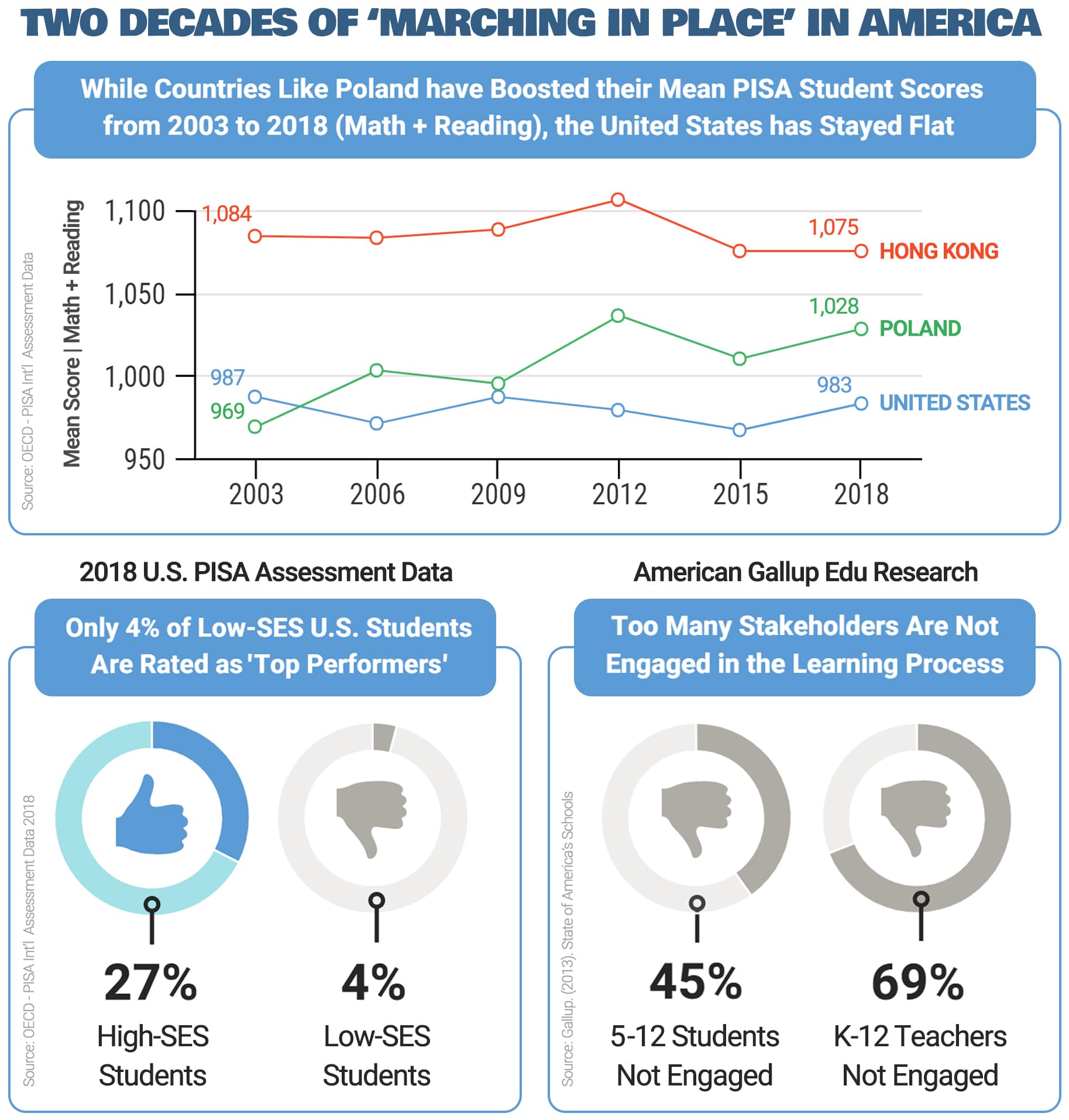
At this point, it's pretty clear that our current approach to teacher PD isn't working as well as it needs to.
And what is this approach? Well, for most teachers, it's one-and-done workshops.
According to the U.S. Department of Education, over 80% of K-12 teachers participate in one-time workshops each school year, making it by far the most prevalent form of PD.
Nevertheless, most teachers believe such PD offerings are not relevant, not useful, and not connected to their core work of helping students learn.
Despite well-meaning intentions, it's simply an unfortunate fact that workshops have an abysmal track-record of changing teacher practice and improving student outcomes …
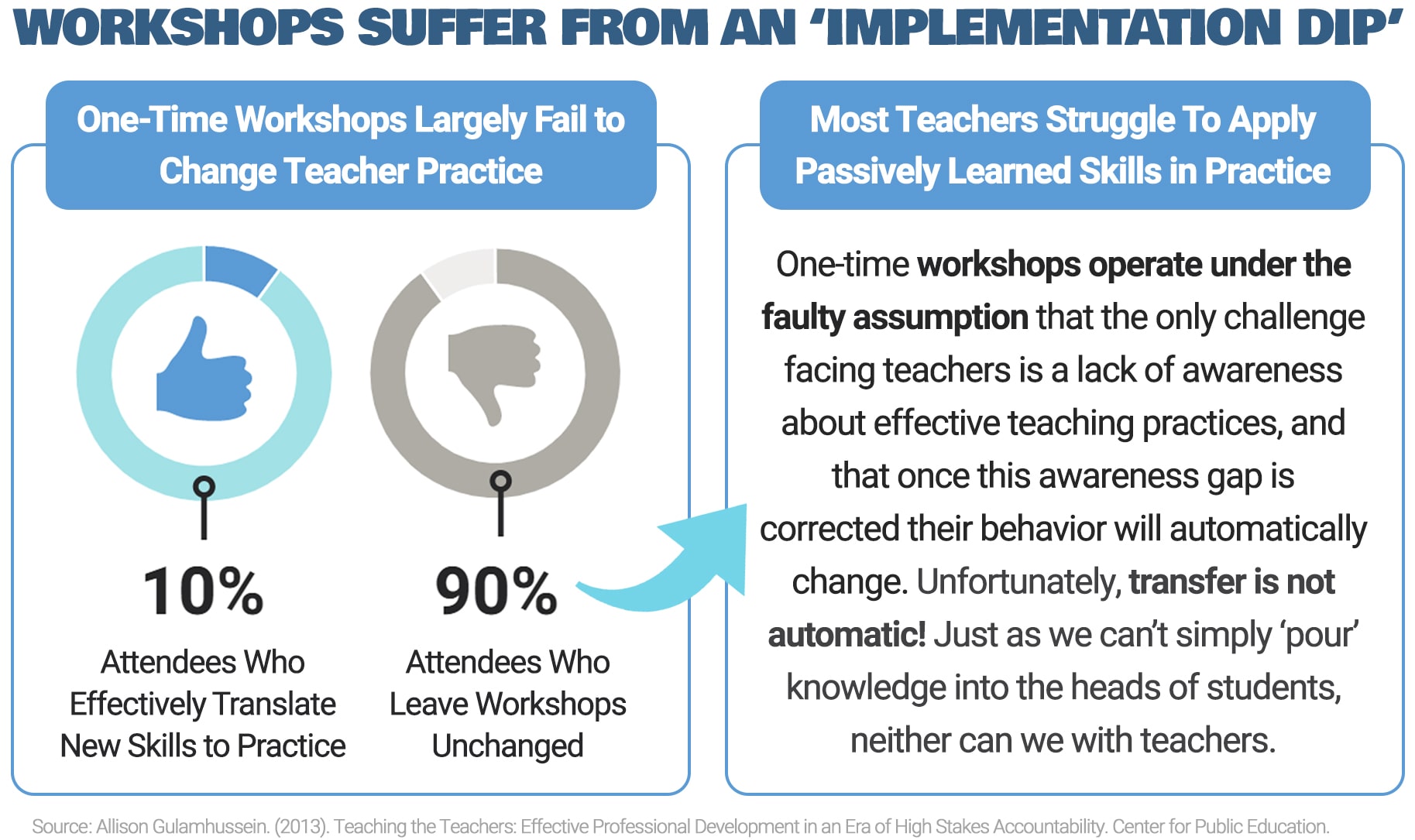
But there is good news, which is this …
Even though it's mostly ignored by PD developers – likely because doing so is good for their bottom line – there's a significant body of evidence describing what effective teacher development actually looks like:
- Evidence-Based: Effective PD is grounded in established research and clinical knowledge of teaching and learning.
- Interactive: Effective PD provides active learning opportunities for teachers … including practice, feedback and reflection.
- Contextualized: Effective PD focuses on building teachers' pedagogical skills in a contextual, personally relevant manner.
- Collaborative: Effective PD provides systems to facilitate collaboration among teachers – both within and across schools.
- Extended Duration: Effective PD is extended, providing teachers ample time to acquire new knowledge and grapple with the implementation problem.
- Respectful: Effective PD respects teachers as professional, lifelong learners.
Enter The Learning Blueprint …
Combining 30+ years of established learning research with 10+ years of classroom implementation, The Learning Blueprint changes teacher practice by leveraging what works in PD.

At its core, The Learning Blueprint brings key Science of Learning principles to professional learning communities, and helps establish a functional commonality of language, concepts, goals and practices.
Or, to put it more simply, The Learning Blueprint actually makes the Science of Learning useful for teachers and schools.
Through ongoing cycles of knowledge-building and evidence-gathering, teachers can identify, personalize and share those practices which maximize their impact within the classroom.
And, most importantly, schools that embrace The Learning Blueprint
consistently see improved student outcomes!
There's ample research (including here, here, here, and here) suggesting that interactive, collaborative and contextualized PD applications like The Learning Blueprint are the most effective at boosting student achievement.
And, considering the extraordinary before-and-after student data we've gathered over the last decade through our program, I won't disagree.
With that said, I urge you to continue scrolling down to learn more …
And, if you're intrigued by what you see, I'd love the opportunity to chat with you about your current PD strategies and future goals (there's an option to schedule a meeting near the bottom of this page).
However, before I wrap this up, please allow me to make
one more personal observation here …
In my estimation, the single factor that most commonly derails PD programs is that they tend to be overly simplistic and prescriptive. "Here's a list of proven classroom tactics ranked in order of their effectiveness – now go forth and prosper" they say.
Sure, this is a convenient way to organize and sell training programs. However, it's a rotten way to meaningfully change teacher practice – and frankly, it's blatantly dismissive of how complex and nuanced teaching can be.
And, this truth is not lost on teachers …

With The Learning Blueprint, we start from a position of respect and deference to the teacher.
Of course, we make it a priority to cover the most useful and impactful applications from the Learning Sciences. But our goal is never to simply hand teachers a simplistic, one-size-fits-all solution.
Although surface-level tips and techniques may be useful within narrowly-defined contexts, they often fail to translate to real-world conditions.
Instead, our goal is to help teachers 'take ownership’
of these applications!
… so that they can confidently adapt, modify and personalize them to their unique and ever-changing situations.
We recognize that teachers are the experts!
It's not our place to tell teachers how to do their job, but rather to help them do their job more effectively across a broader-range of contexts.

If you have any questions or comments, please feel free to email my team at info@lmeglobal.net.
Thanks for reading, and I sincerely hope I get a chance to speak with you.
Regards/Jared Cooney Horvath, PhD, MEd

P.S. One objection we commonly hear is, "The Learning Blueprint sounds wonderful, but we're already using xyz teaching model at our school."
My rebuttal is that 'learning' and 'teaching' are two complimentary, but distinct, fields. Knowing how students take-in, integrate and utilize information is very different from knowing how to walk students through that process.
In other words, The Science of Learning is not a teaching 'model' or 'framework'.
Instead, it can serve to inform and amplify existing teaching
models that are already in place.
Case in point: The Learning Blueprint has been successfully implemented at IB schools, Visible Learning schools, Marzano schools, PZ schools, and many more.
So, if your school has adopted a specific teaching model, we applaud you … but please don't let that stop you from exploring how The Learning Blueprint can help it work even better!

The Learning Blueprint is an award-winning professional development program designed to bring key Science of Learning principles to teachers and educators. Developed by cognitive neuroscientist and leading expert Dr. Jared Cooney Horvath, it has a proven track record of changing teacher practice and boosting student outcomes by leveraging what works in PD.
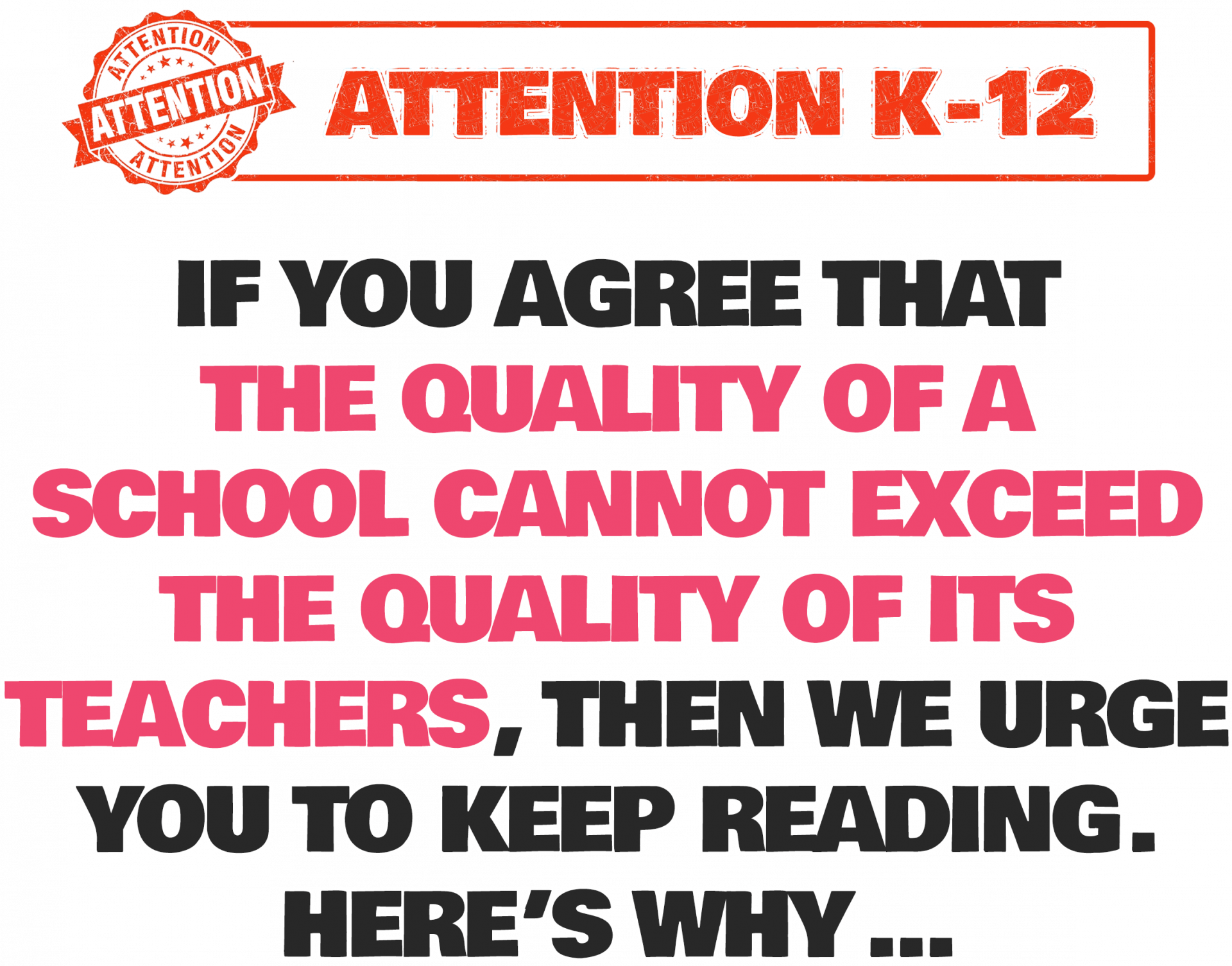

6619 North Scottsdale Road, Scottsdale, AZ
p. 702-970-6557 | e. info@lmeglobal.net
From:
The desk of Jared Cooney Horvath | PhD, MEd
East of Lake Arrowhead
Thursday, 8:27 am
Dear Friend,
I have no idea how you got to this website.
Maybe you read about it in some publication. Maybe a colleague referred you to it. Perhaps you stumbled onto it by pure dumb luck.
Regardless, I'm glad you're here because, as a K-12 professional, I know you'll be excited about what The Learning Blueprint can deliver.
But first, I'll bet right now you're wondering two things:
1. What makes The Learning Blueprint different than other PD programs?
2. Why should any of this matter to me?
Well, we could address these questions by bombarding you with impeccable credentials, glowing testimonials, 3rd party validation, and rock-solid proof that our program improves student outcomes.
And, in fact, we WILL do all of these things if you keep scrolling down this page!
However, I don't want to lose your attention before you get to the good stuff, so let me get straight to the point here …
To keep it simple, I'll use America (which is where I'm located as I write this) to illustrate a broader issue:
So, just like in most developed countries, 20+ years of standards-based reform here has triggered a surge in teacher PD spending. According to the Boston Consulting Group, total K-12 spend on PD in America now exceeds $18B per year!
But unfortunately, this investment is not paying off, as student performance has flatlined and teacher engagement has plummeted over this time …

At this point, it's pretty clear that our current approach to teacher PD isn't working as well as it needs to.
And what is this approach? Well, for most teachers, it's one-and-done workshops.
According to the U.S. Department of Education, over 80% of K-12 teachers participate in one-time workshops each school year, making it by far the most prevalent form of PD.
Nevertheless, most teachers believe such PD offerings are not relevant, not useful, and not connected to their core work of helping students learn.
Despite well-meaning intentions, it's simply an unfortunate fact that workshops have an abysmal track-record of changing teacher practice and improving student outcomes …

But there is good news, which is this …
Even though it's mostly ignored by PD developers – likely because doing so is good for their bottom line – there's a significant body of evidence describing what effective teacher development actually looks like:
- Evidence-Based: Effective PD is grounded in established research and clinical knowledge of teaching and learning.
- Interactive: Effective PD provides active learning opportunities for teachers … including practice, feedback and reflection.
- Contextualized: Effective PD focuses on building teachers' pedagogical skills in a contextual, personally relevant manner.
- Collaborative: Effective PD provides systems to facilitate collaboration among teachers – both within and across schools.
- Extended Duration: Effective PD is extended, providing teachers ample time to acquire new knowledge and grapple with the implementation problem.
- Respectful: Effective PD respects teachers as professional, lifelong learners.
Enter The Learning Blueprint …
Combining 30+ years of established learning research with 10+ years of classroom implementation, The Learning Blueprint changes teacher practice by leveraging what works in PD.

At its core, The Learning Blueprint brings key Science of Learning principles to professional learning communities, and helps establish a functional commonality of language, concepts, goals and practices.
Or, to put it more simply, The Learning Blueprint actually makes the Science of Learning useful for teachers and schools.
Through ongoing cycles of knowledge-building and evidence-gathering, teachers can identify, personalize and share those practices which maximize their impact within the classroom.
And, most importantly, schools that embrace The Learning Blueprint consistently see improved student outcomes!
There's ample research (including here, here, here, and here) suggesting that interactive, collaborative and contextualized PD applications like The Learning Blueprint are the most effective at boosting student achievement.
And, considering the extraordinary before-and-after student data we've collected over the last decade through our program, I won't disagree.
With that said, I urge you to continue scrolling down to learn more …
And, if you're intrigued by what you see, I'd love the opportunity to chat with you about your current PD strategies and future goals (there's an option to schedule a meeting near the bottom of this page).
However, before I wrap this up, please allow me to make one more observation here …
In my estimation, the single factor that most commonly derails PD programs is that they tend to be overly simplistic and prescriptive. "Here's a list of proven classroom tactics ranked in order of their effectiveness – now go forth and prosper" they say.
Sure, this is a convenient way to organize and sell training programs. However, it's a rotten way to meaningfully change teacher practice – and frankly, it's blatantly dismissive of how complex and nuanced teaching can be.
And, this truth is not lost on teachers …

With The Learning Blueprint, we start from a position of respect and deference to the teacher.
Of course, we make it a priority to cover the most useful and impactful applications from the Learning Sciences. But our goal is never to simply hand teachers a simplistic, one-size-fits-all solution.
Although surface-level tips and techniques may be useful within narrowly-defined contexts, they often fail to translate to real-world conditions.
Instead, our goal is to help teachers 'take ownership’ of these applications!
… so that they can confidently adapt, modify and personalize them to their unique and ever-changing situations.
We recognize that teachers are the experts!
It's not our place to tell teachers how to do their job, but rather to help them do their job more effectively across a broader-range of contexts.

If you have any questions or comments, please feel free to email me at info@lmeglobal.net.
Thanks for reading, and I sincerely hope I get a chance to speak with you.
Regards/Jared Cooney Horvath, PhD, MEd

P.S. One objection we commonly hear is, "The Learning Blueprint sounds wonderful, but we're already using xyz teaching model at our school."
My rebuttal is that 'learning' and 'teaching' are two complimentary, but distinct, fields. Knowing how students take-in, integrate and utilize information is very different from knowing how to walk students through that process.
In other words, The Science of Learning is not a teaching 'model' or 'framework'.
Instead, it can serve to inform and
amplify existing teaching models that
are already in place.
Case in point: The Learning Blueprint has been successfully implemented at IB schools, Visible Learning schools, Marzano schools, PZ schools, and many more.
So, if your school has adopted a specific teaching model, we applaud you … but please don't let that stop you from exploring how The Learning Blueprint can help it work even better!

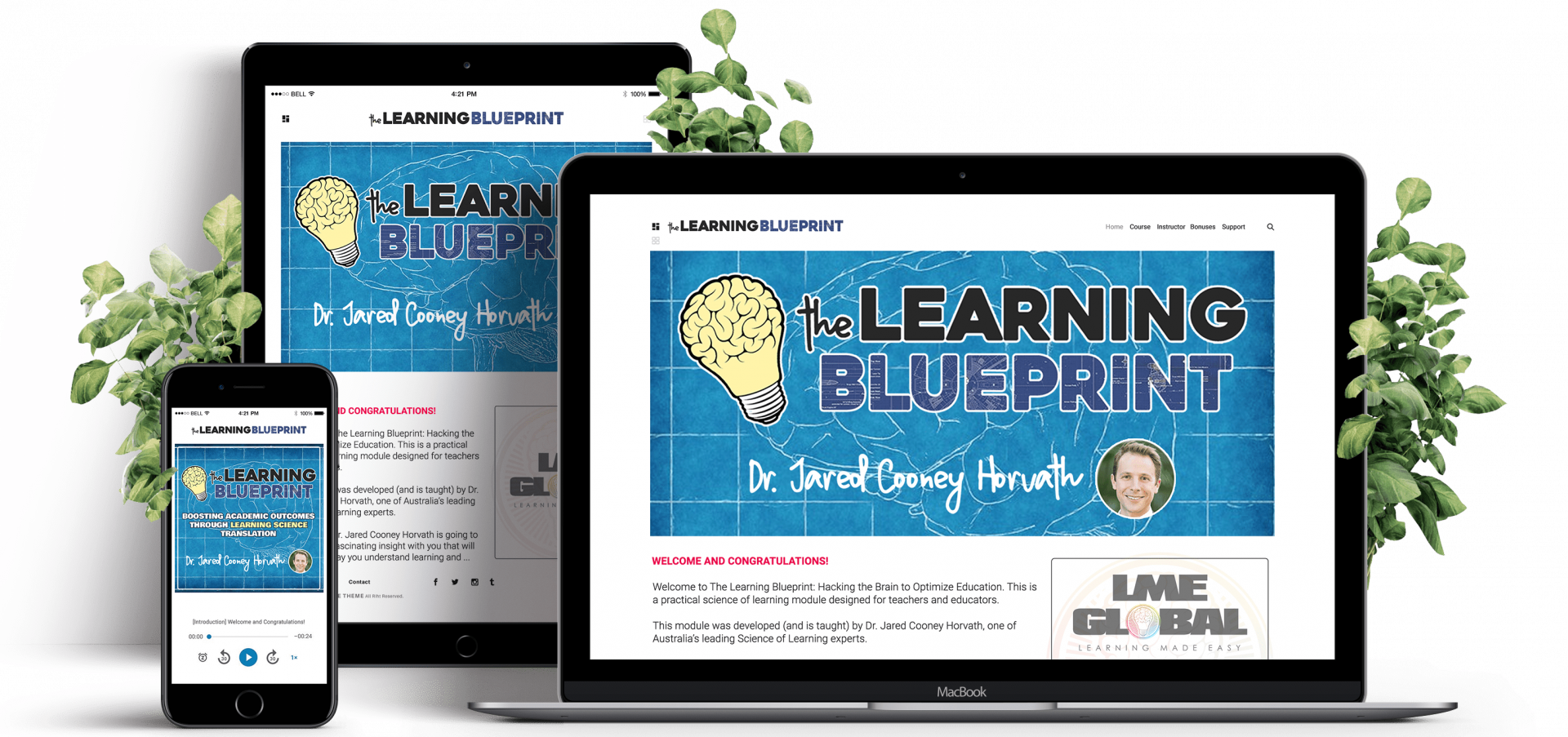

Combining 30+ years of established Science of Learning research with 10+ years of classroom implementation, TLB changes teacher practice and boosts student outcomes by leveraging what works in professional development.

The Learning Blueprint was developed by leading Science of Learning expert, best-selling author, and passionate teacher advocate Dr. Jared Cooney Horvath.
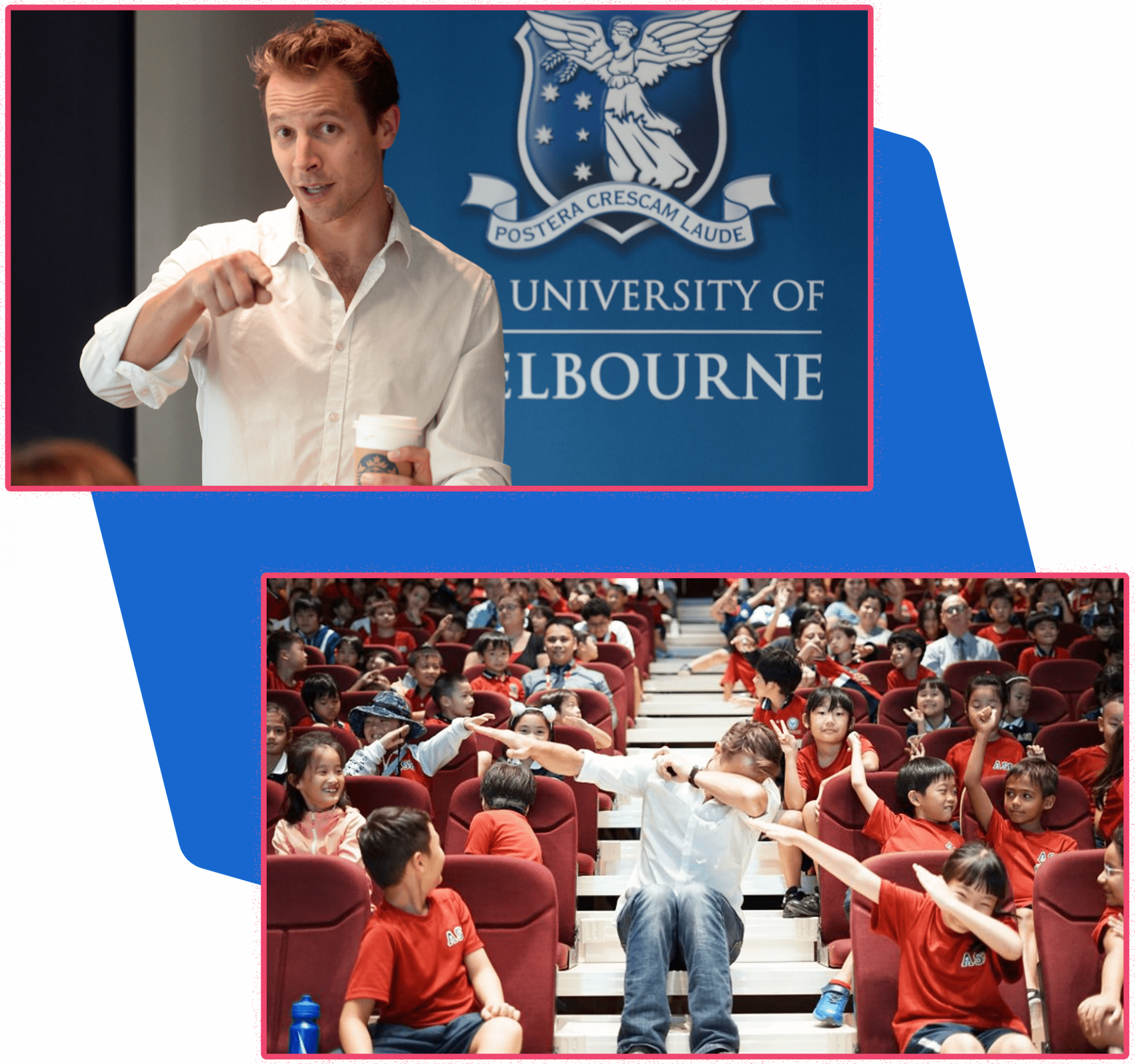

In this brief video, Jared explains why he was compelled to develop The Learning Blueprint, and discusses what it can deliver to your school or learning community.

400+
Schools

8K+
Teachers

50K+
Students

1B+
Brain Connections




Combining 30+ years of established Science of Learning research with 10+ years of classroom implementation, TLB changes teacher practice and boosts student outcomes by leveraging what works in professional development.


The Learning Blueprint was developed by leading Science of Learning expert, best-selling author, and passionate teacher advocate Dr. Jared Cooney Horvath.

In this brief video, Jared explains why he was compelled to develop The Learning Blueprint, and discusses what it can deliver to your school or learning community.
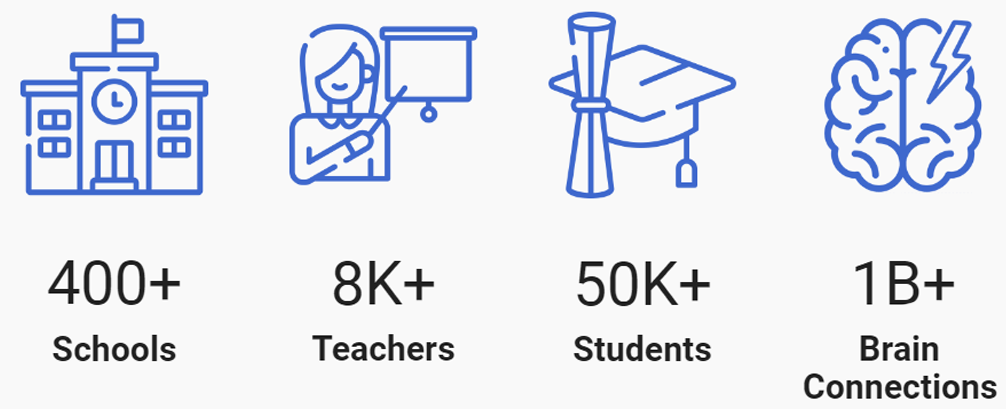

WHAT PEOPLE ARE SAYING ...
The Learning Blueprint has been hugely successful at Genazzano. The data has shown improvements in student study practices and exam performance, as well as in overall teacher effectiveness. I highly recommend Dr. Horvath to any school that wants to engage learners, boost performance and drive better outcomes for all.
The Learning Blueprint literally changed my life – not exaggerating at all. It made me completely rethink my whole pedagogy. I really loved learning about the science ... it’s like a smorgasbord of geeky-teacher-coolness.
I just want to say that Dr. Horvath is one of my heroes! I hope one day to meet him in person and show him how much his program has helped me transform my teaching practice, and how much it has impacted my students’ learning.
The Learning Blueprint has made an enormous impact on the teachers across the English Schools Foundation. I've never seen a program so universally embraced and integrated by all corners of the staff. Dr. Horvath will continue to be an integral part of our professional learning strategy for many years to come.
Since Jared began working with St. James in 2016, our staff has operated as a cohesive, agile collective – so difficult to achieve in a profession filled with competing theories and philosophies. Our teachers are now ‘researchers in action’, and much more active in the education community. I’ll forever be indebted to Jared!
The Learning Blueprint is a game-changer for schools. Dr. Horvath makes the sciences so accessible for busy teachers! It really does serve as a great bridge between the lab and the classroom that we can all leverage to help students learn more effectively.
Click here to view more testimonials for The Learning Blueprint ...
WHAT PEOPLE ARE SAYING
The Learning Blueprint has been hugely successful at Genazzano. The data has shown improvements in student study practices and exam performance, as well as in overall teacher effectiveness. I highly recommend Dr. Horvath to any school that wants to engage learners, boost performance and drive better outcomes for all.
I just want to say that Dr. Horvath is one of my heroes! I hope one day to meet him in person and show him how much his program has helped me transform my teaching practice, and how much it has impacted my students’ learning.
Since Jared began working with St. James in 2016, our staff has operated as a cohesive, agile collective – so difficult to achieve in a profession filled with competing theories and philosophies. Our teachers are now ‘researchers in action’, and much more active in the education community. I’ll forever be indebted to Jared!
The Learning Blueprint literally changed my life – not exaggerating at all. It made me completely rethink my whole pedagogy. I really loved learning about the science ... it’s like a smorgasbord of geeky-teacher-coolness.
The Learning Blueprint has made an enormous impact on the teachers across the English Schools Foundation. I've never seen a program so universally embraced and integrated by all corners of the staff. Dr. Horvath will continue to be an integral part of our professional learning strategy for many years to come.
The Learning Blueprint is a game-changer for schools. Dr. Horvath makes the sciences so accessible for busy teachers! It really does serve as a great bridge between the lab and the classroom that we can all leverage to help students learn more effectively.
Click here to view more testimonials for The Learning Blueprint ...
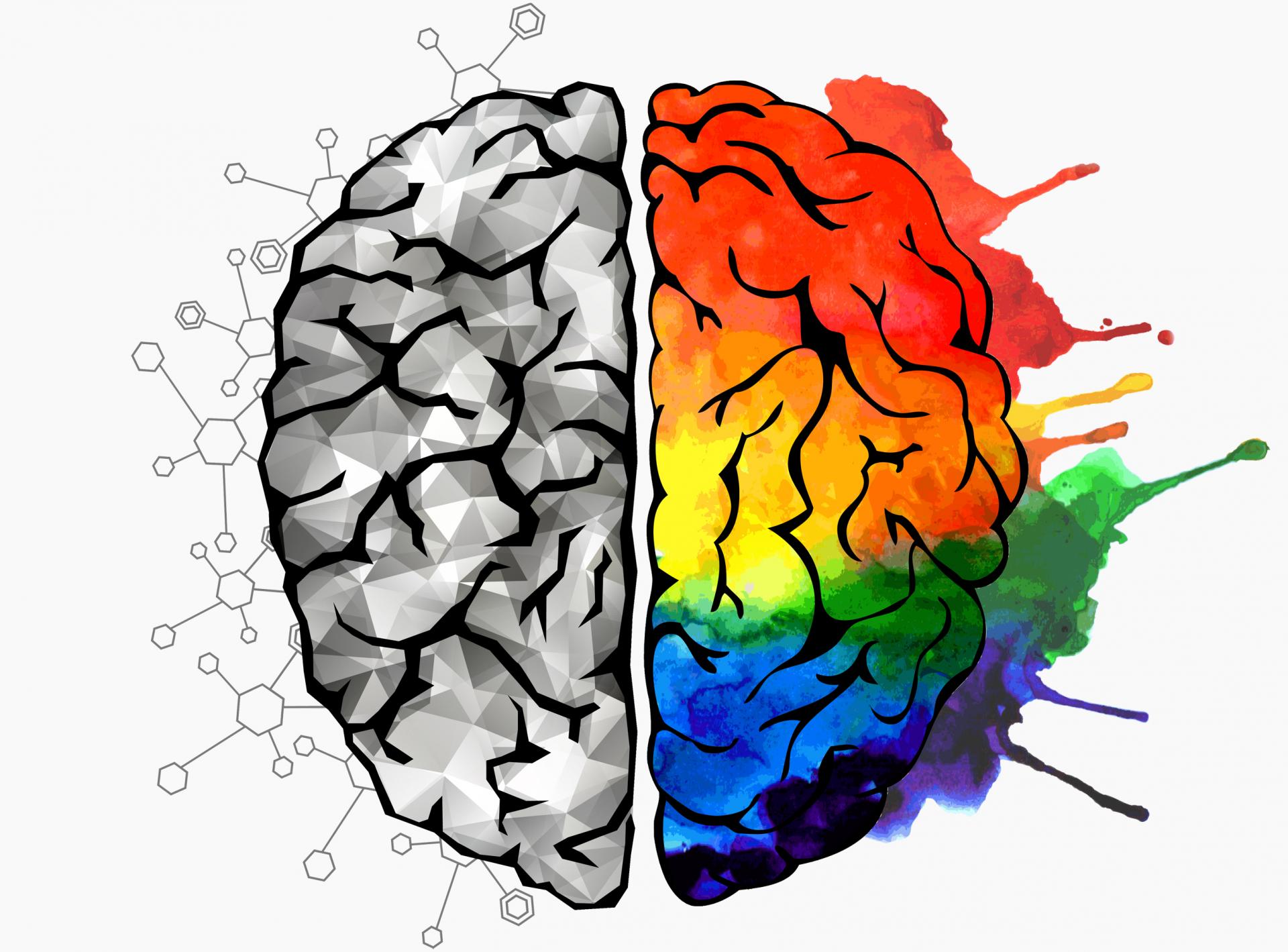

TLB delivers the latest and most impactful applications from the Learning Sciences, helps teachers develop a deep understanding of the learning process, and introduces an ongoing, easy-to-use classroom innovation tool called Micro-Projects.

The Learning Blueprint is fully scaffolded, and includes interactive lectures, guided reviews, reflection questions, recall exercises, recognition quizzes and application projects.
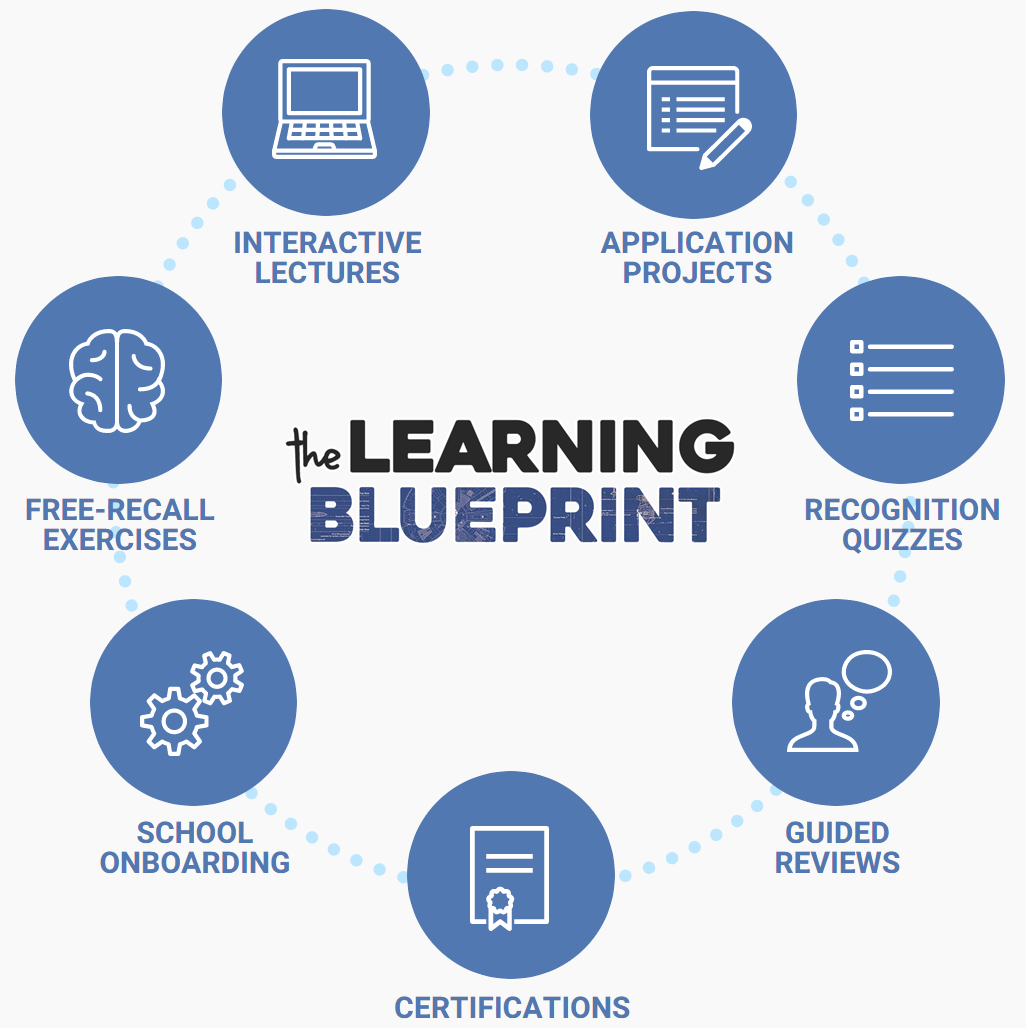
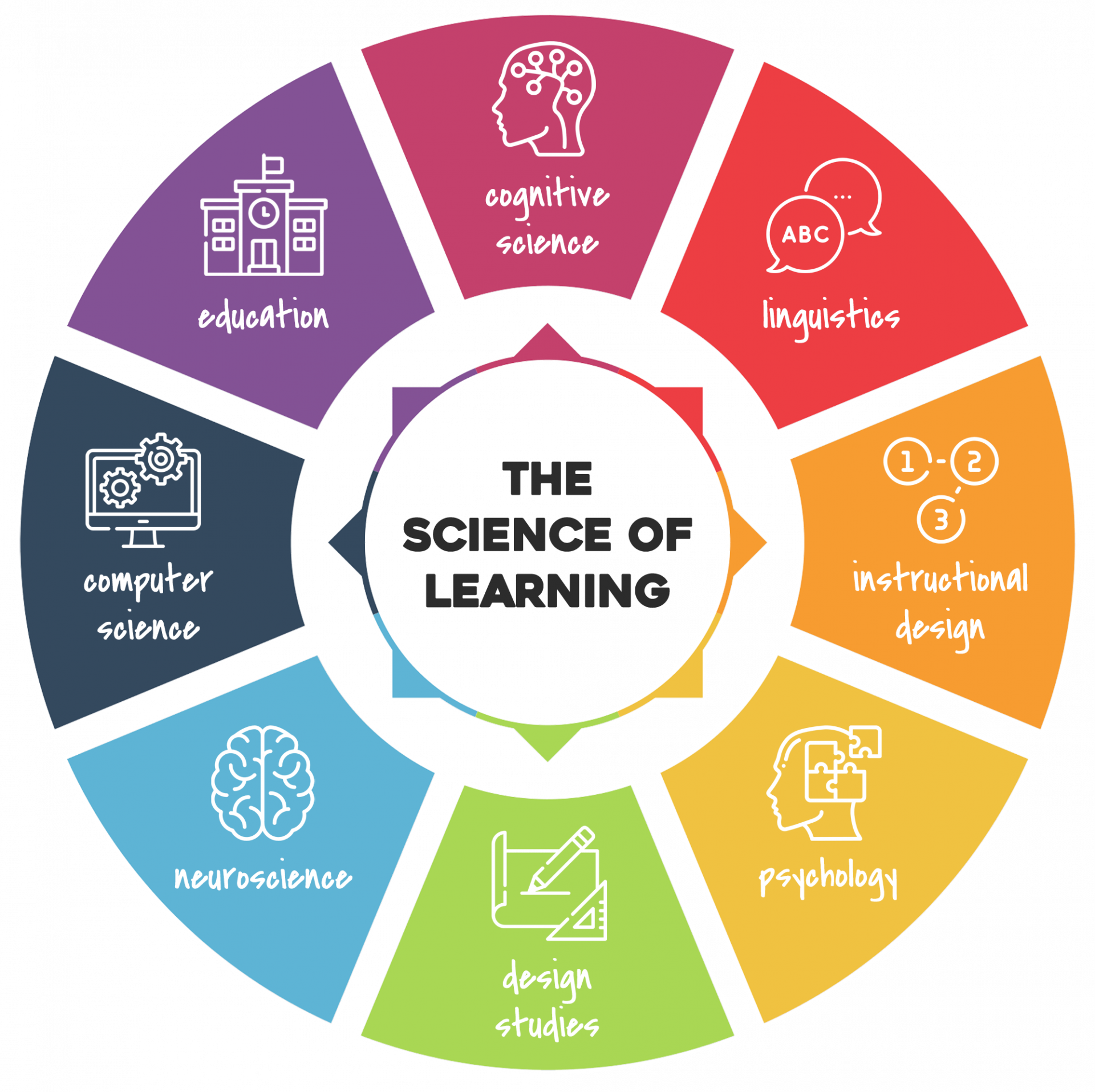

A recent OECD report finds that learning research does not consistently inform everyday practice. To no fault of teachers, the Science of Learning is often not translated into practical, digestible strategies. The Learning Blueprint corrects this problem.


The Learning Blueprint delivers the latest and most impactful applications from the Learning Sciences, helps teachers develop a deep understanding of the learning process, and introduces an ongoing, easy-to-use classroom innovation tool called Micro-Projects.


The Learning Blueprint is fully scaffolded, and includes interactive lectures, guided reviews, reflection questions, recall exercises, recognition quizzes and application projects.


A recent OECD report finds that learning research does not consistently inform everyday practice. To no fault of teachers, the Science of Learning is often not translated into practical, digestible strategies. The Learning Blueprint corrects this problem.
EVIDENCE OF EFFECTIVENESS
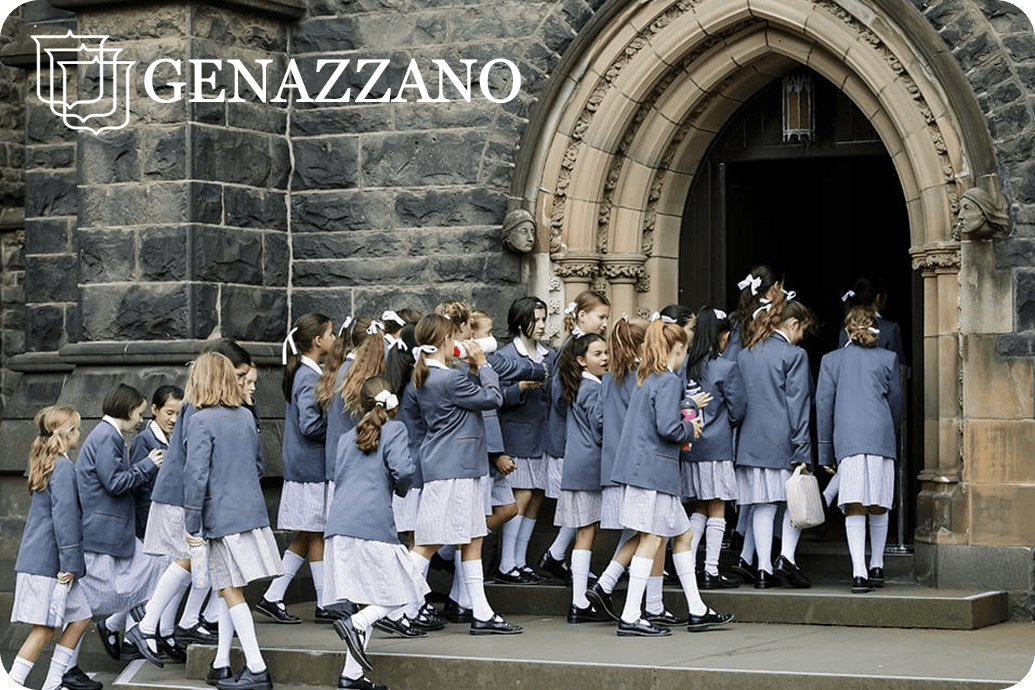
From 2017-2019, the teachers at Genazzano FCJ in Melbourne, Australia participated in The Learning Blueprint. Genazzano is a private all-girls Catholic school serving ~1,000 K-12 students. During this period, the median student ATAR score increased from 85.5 to 90.0, while the percentage of students whose ATAR score exceeded 90.0 rose from 36% to 50% (the highest in school history). Meanwhile, the teachers demonstrated a significant increase in their ability to effectively apply key Science of Learning principles to their practice.

From 2016-2019, the teachers at St. James Parish Primary School in Ballarat, Australia participated in The Learning Blueprint program. St. James is a low-SES Catholic school serving approximately 200 P-5 students. During this period, average student NAPLAN reading scores increased from 358 to 466 (the highest in school history), while Year 3 to 5 reading, writing and numeracy growth scores significantly outpaced national averages. Meanwhile, the teachers demonstrated a significant increase in their ability to effectively apply key Science of Learning concepts to their practice.

From 2018-2020, over 1,300 Year 9 students from dozens of schools across Victoria, Australia completed The Learning Blueprint. Before and after completing the program, students were asked to respond to a series of statements reflecting their beliefs about learning. The post-survey results were impressive, as students achieved statistically significant growth across a range of important learning-attitudes. Moreover, the one school that shared pre-and-post term grading data reported an average GPA increase from 3.02 to 3.19 among ~170 participating students.
EVIDENCE OF EFFECTIVENESS

From 2017-2019, the teachers at Genazzano FCJ in Melbourne, Australia participated in The Learning Blueprint. Genazzano is a private all-girls Catholic school serving ~1,000 K-12 students. During this period, the median student ATAR score increased from 85.5 to 90.0, while the percentage of students whose ATAR score exceeded 90.0 rose from 36% to 50% (the highest in school history). Meanwhile, the teachers demonstrated a significant increase in their ability to effectively apply key Science of Learning principles to their practice.

From 2016-2019, the teachers at St. James Parish Primary School in Ballarat, Australia participated in The Learning Blueprint program. St. James is a low-SES Catholic school serving approximately 200 P-5 students. During this period, average student NAPLAN reading scores increased from 358 to 466 (the highest in school history), while Year 3 to 5 reading, writing and numeracy growth scores significantly outpaced national averages. Meanwhile, the teachers demonstrated a significant increase in their ability to effectively apply key Science of Learning concepts to their practice.

From 2018-2020, over 1,300 Year 9 students from dozens of schools across Victoria, Australia completed The Learning Blueprint. Before and after completing the program, students were asked to respond to a series of statements reflecting their beliefs about learning. The post-survey results were impressive, as students achieved statistically significant growth across a range of important learning-attitudes. Moreover, the one school that shared pre-and-post term grading data reported an average GPA increase from 3.02 to 3.19 among ~170 participating students.
SELECT TOPICS FROM MODULE ONE
-
THE SCIENCE OF LEARNING
What is the Science of Learning ... and why should we care about it as teachers?
-
EVOLUTION OF THE BRAIN
How has our understanding of how people think and learn evolved dramatically over time?
-
MULTI-TASKING + LEARNING
How does 'multi-tasking' impact learning, memory, attention and impulse control?
-
EXPECTANCY PRIMING
What is 'expectancy priming', and how can it profoundly impact the way students learn?

-
KEY LEARNING PRINCIPLES
What differentiates a genuine ‘learning principle’ from a simple tactic or faddish strategy?
-
MICRO-PROJECTS
How do they work, and how can they help us conduct effective 'classroom translation'?
-
ERROR-BASED LEARNING
What is error-based learning, and why is it a hallmark of high-performing students?
-
STORIES + NARRATIVE
From a neuroscientific standpoint, why and how do stories work so well in the classroom?
SELECT TOPICS FROM MODULE ONE
-
THE SCIENCE OF LEARNING
What is the Science of Learning ... and why should we care about it as teachers?
-
EVOLUTION OF THE BRAIN
How has our understanding of how people think and learn evolved dramatically over time?
-
KEY LEARNING PRINCIPLES
What differentiates a genuine ‘learning principle’ from a simple tactic or faddish strategy?
-
MICRO-PROJECTS
How do they work, and how can they help us conduct effective 'classroom translation'?

-
MILTI-TASKING + LEARNING
How does 'multi-tasking' impact learning, memory, attention and impulse control?
-
EXPECTANCY PRIMING
What is 'expectancy priming', and how can it profoundly impact the way our students learn?
-
ERROR-BASED LEARNING
What is error-based learning, and why is it a hallmark of high-performing students?
-
STORIES + NARRATIVE
From a neuroscientific standpoint, why (and how) do stories work so well in the classroom?
SELECT TOPICS FROM MODULE ONE
THE SCIENCE OF LEARNING
What is the Science of Learning ... and why should we care about it as teachers?
EVOLUTION OF THE BRAIN
How has our understanding of how people think and learn evolved dramatically over time?
KEY LEARNING PRINCIPLES
What differentiates a genuine ‘learning principle’ from a simple tactic or faddish strategy?
MICRO-PROJECTS
How do they work, and how can they help us conduct effective 'classroom translation'?

MULTI-TASKING + LEARNING
How does 'multi-tasking' impact learning, memory, attention and impulse control?
EXPECTANCY PRIMING
What is 'expectancy priming', and how can it profoundly impact the way students learn?
ERROR-BASED LEARNING
What is error-based learning, and why is it a hallmark of high-performing students?
STORIES + NARRATIVE
From a neuroscientific standpoint, why and how do stories work so well in the classroom?

0 - 5 YEARS
NOVICE
Novice teachers will flatten their learning curve and accelerate their path to classroom success by developing ‘correct’ skills based on sound, researched-backed principles. And, by participating in a collaborative, extended-duration PD program, they’ll be much less likely to feel unsupported in their new role (a leading cause of low-retention rates among new teachers).
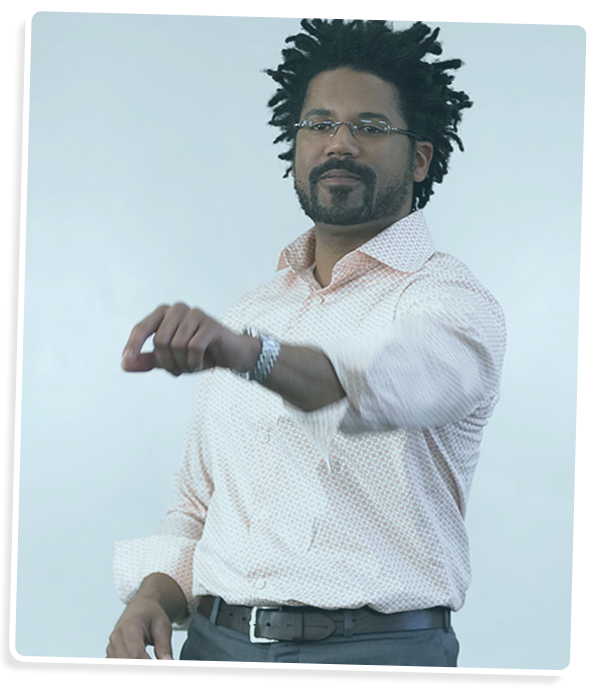
5 - 12 YEARS
EXPERIENCED
Experienced teachers – who are more comfortable in their role and have an easier time integrating new ideas and strategies – are prime candidates to study the Science of Learning. They will leverage all aspects of The Learning Blueprint as they grapple with new concepts, experiment and innovate in the classroom, and ultimately achieve mastery of key pedagogical skills.

12+ YEARS
VETERAN
Veteran teachers – who may be less receptive to ‘prescriptive’ forms of PD – will appreciate the program's emphasis on contextualized practice, as they subtly refine their approach and reinforce their instincts. More importantly, they’ll embrace the practical model for coaching and influencing less-experienced teachers, which will validate their status as an expert.

ALL TEACHERS
SCHOOLWIDE
By embracing a collaborative teacher development program and adopting a shared process of classroom innovation, schools will establish a functional commonality of language, concepts, goals and practices. Not only will this boost agency and engagement across the board, but it will reinforce a culture of high-achievement and continuous learning.

I WANT TO LEARN MORE!
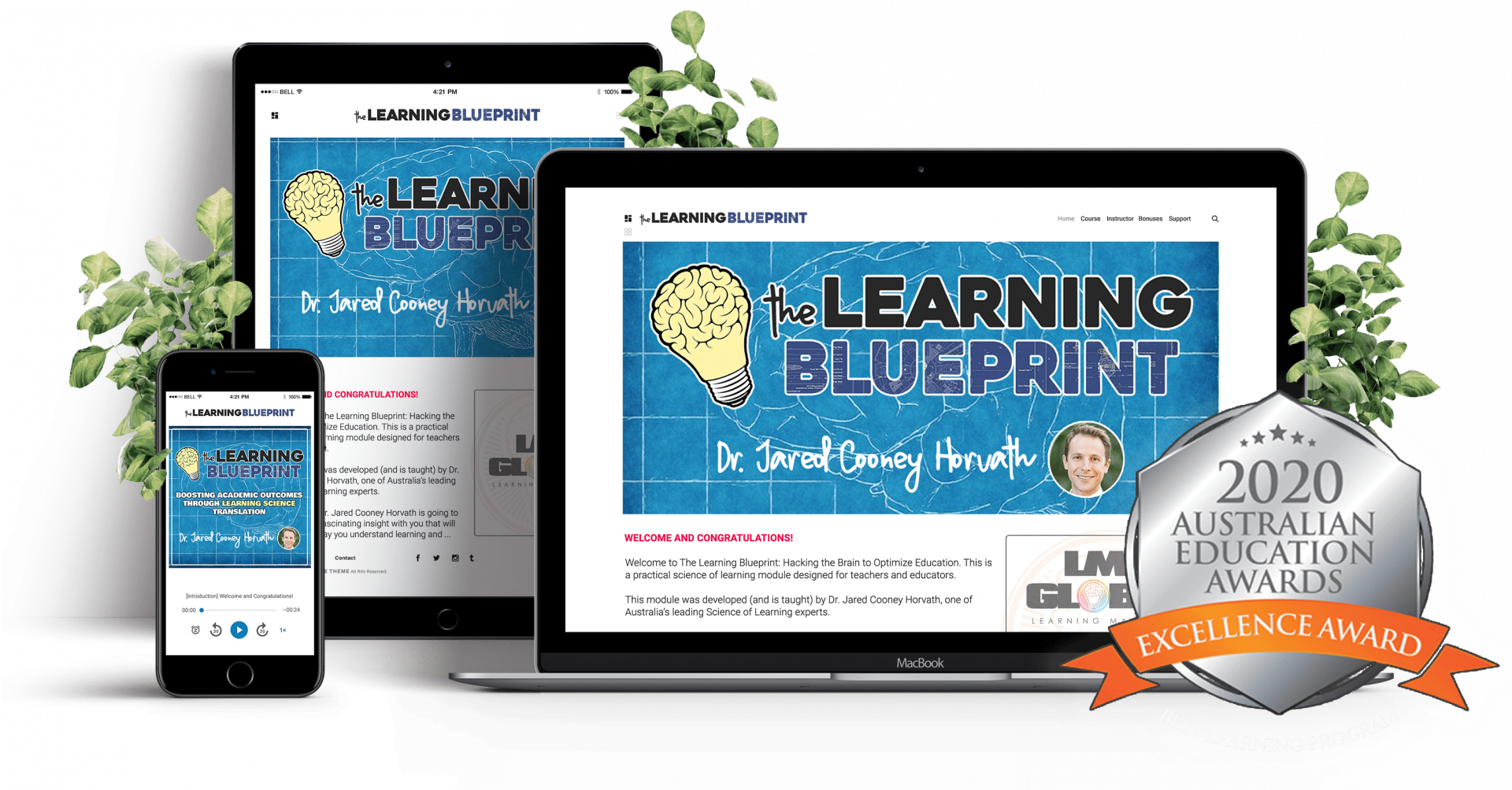

If you're interested in understanding how The Learning Blueprint can work for your school and/or professional learning group, please click the green button below to schedule a meeting with Jared.

I WANT TO LEARN MORE!


If you're interested in understanding how The Learning Blueprint can work for your school and/or professional learning group, please click the green button below to schedule a meeting with Jared.

SOME OF OUR FAVORITE PD REPORTS
REFERENCES
Alvaro Pascual-Leone
Dr. Alvaro Pascual-Leone | MD, PhD
Director | BA Center for Noninvasive Brain Stimulation
Harvard Medical School
1-617-667-0203
apleone@bidmc.harvard.ed
John Hattie
Dr. John Hattie | PhD
Director, Laureate Professor | Science of Learning Research Center
University of Melbourne
+61 (0)3 9035 5511
jha-e@unimelb.edu.au
Jennifer Thomson
Dr. Jennifer Thomson | PhD
Senior Lecturer | Department of Human Communication Sciences
University of Sheffield
114 222 2440
j.m.thomson@sheffield.ac.uk
Olivia Carter
Dr. Olivia Carter | PhD
Senior Lecturer, Research Fellow | School of Psychological Sciences
University of Melbourne
+61 (0)3 8344 6372
ocarter@unimelb.edu.au
SOME OF OUR FAVORITE PD REPORTS
CENTER FOR PUBLIC EDUCATION
TEACHING THE TEACHERS
Effective Professional Development in an Era of High Stakes Accountability
GALLUP
STATE OF AMERICA'S SCHOOLS
The State of America's Schools: The Path to Winning Again in Education
REIMAGINE TEACHING
TNTP - THE MIRAGE
Confronting the Hard Truth About Our Quest for Teacher Development
LME GLOBAL
A NEW BLUEPRINT
A New Blueprint for Success in Education: Reassessing the Value of Diversity
REFERENCES
Dr. Alvaro Pascual-Leone
Dr. Alvaro Pascual-Leone | MD, PhD
Director | BA Center for Noninvasive Brain Stimulation
Harvard Medical School
1-617-667-0203
apleone@bidmc.harvard.ed
John Hattie
Dr. John Hattie | PhD
Director, Laureate Professor | Science of Learning Research Center
University of Melbourne
+61 (0)3 9035 5511
jha-e@unimelb.edu.au
Jennifer Thomson
Dr. Jennifer Thomson | PhD
Senior Lecturer | Department of Human Communication Sciences
University of Sheffield
114 222 2440
j.m.thomson@sheffield.ac.uk
Olivia Carter
Dr. Olivia Carter | PhD
Senior Lecturer, Research Fellow | School of Psychological Sciences
University of Melbourne
+61 (0)3 8344 6372
ocarter@unimelb.edu.au
Copyright © 2022 LME Global
6119 N Scottsdale Rd, Scottsdale, AZ, 85250
(702) 970-6557
Connect With Us








